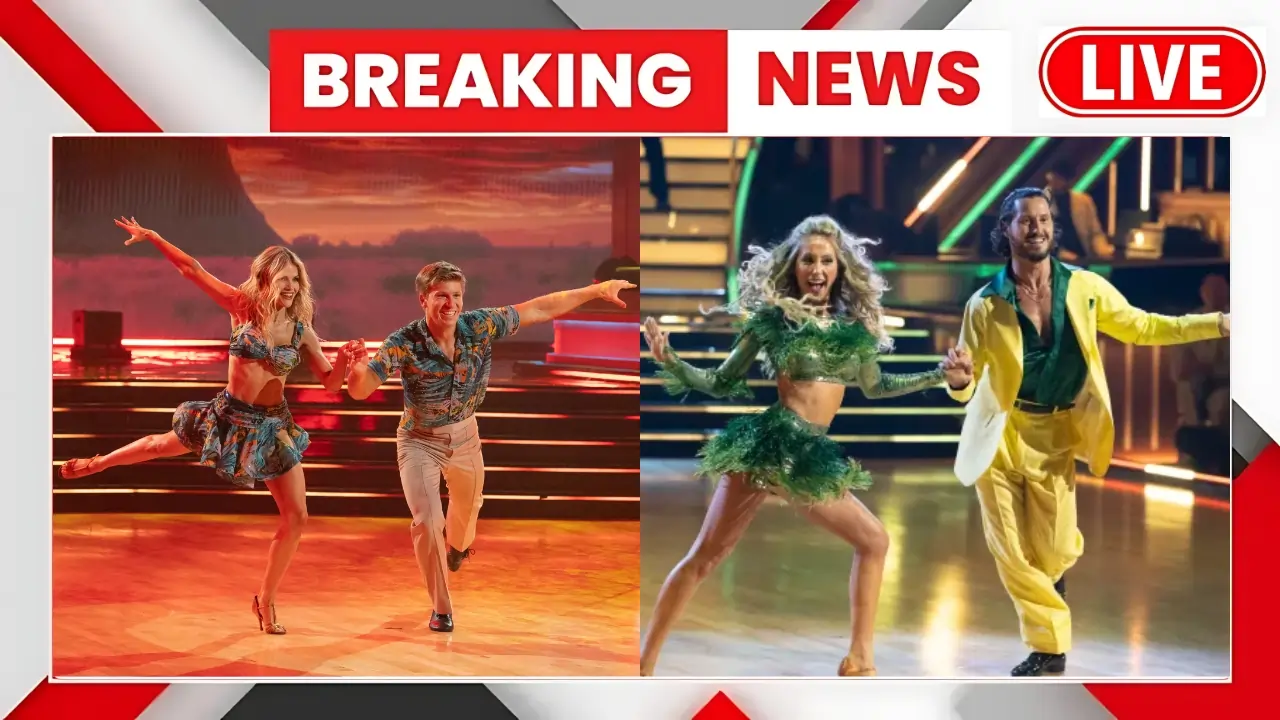Have you ever truly considered what Dancing with the Stars is selling? Beneath the veneer of sequins and spray tans, the show functions as far more than a simple dance competition. It is a cultural battleground, a highly ritualized arena where modern celebrity archetypes compete not just for a trophy, but for public validation. While its reputation as a “reputation-rehabilitation” machine is well-earned, to see it as only that is to miss the richer tapestry of narratives playing out on the floor. The real contest is between competing stories, each vying for our belief.
1. The Antidote: Rise of the Wholesome Hero
In an era defined by online cynicism and an exhausting cycle of public figures being called out, there is a profound cultural craving for sincerity. This season, that craving is being met by wildlife conservationist Robert Irwin, who has emerged as the antidote to scandal-weary audiences. His debut was a phenomenon: a jive so electric that judge Derek Hough declared it “the best first dance I have ever seen on the show,” earning him and partner Witney Carson a score of 15/20 and a tie for the top of the leaderboard.
Irwin’s success represents a cultural pendulum swing. As noted by The Guardian, he satisfies a deep audience desire for “unproblematic and wholesome reality TV narratives.” Bolstered by immense goodwill for the Irwin family, including his sister Bindi’s 2015 victory, his narrative is not one of a second chance, but of a first act so bright it feels like a relief. In a show known for complicated histories, it’s fascinating to see uncomplicated goodness shine so brightly.
2. The Redemption Arc: Dancing Away the Past
But for every straightforward hero’s journey, there is a far more complicated path to public approval. The show has a long, storied history of casting controversial figures attempting to “pirouette away from their unpopular public personas,” from Paula Deen and Sean Spicer to Olivia Jade Giannulli. This is the show’s most famous narrative engine: the redemption arc.
The show’s alchemy of reputation laundering hinges on the crucible of public vulnerability. What is it about ballroom dance that we, the audience, accept as a form of penance? It is the rigid technique, the forced intimacy with a professional partner, and the weekly submission to public judgment.
When a beleaguered celebrity subjects themselves to this terrifying process, their effort can be rewarded with a “potent mix of public adulation and relief” from viewers. By trading scandalous headlines for grueling hours in a rehearsal studio, they hope to waltz their way back into our good graces.
3. The Underdog We Need: It’s Not About the Scores
While some seek redemption from past missteps, others win our hearts simply by being unapologetically themselves, even if that self is technically flawed. In an age of hyper-curated social media perfection, audiences are starved for authentic, unfiltered, and even clumsy humanity. This gives rise to the “lovable mess,” an archetype for whom entertainment value trumps technical precision.
This season’s case study was actor Corey Feldman. His week two cha cha was described as lacking “timing and general finesse” while simultaneously being hailed as “super entertaining to watch.” He was, in one writer’s words, “the hot mess we need right now.” The value of this narrative was perfectly captured by Derek Hough, who offered this validation:
“Sometimes, it’s not about what we say, it’s not about our scores, it’s just about being memorable. My friend, that was memorable.”
This proves that on this stage, personality is a currency as valuable as points. The audience doesn’t just root for the best dancer; they root for the most human one.
4. The Surprise Powerhouses: Breaking Expectations
Contrasting with the underdog who triumphs through spirit alone are the breakout stars who deliver both personality and unexpected technical prowess. These are the contestants who arrive with less fanfare than established athletes or performers but quickly announce themselves as serious contenders.
This season has already seen a formidable class of them emerge, proving that a frontrunner can come from anywhere. Social media star Alix Earle and partner Val Chmerkovskiy were immediately declared a “powerhouse partnership” by Hough after a stunningly polished jive. Similarly, reality figure Whitney Leavitt, alongside Mark Ballas, earned Bruno Tonioli’s praise as a “hit machine” after a “killer cha cha.” And author Hilaria Baldwin’s tango with Gleb Savchenko was deemed “incredible” by Hough, showcasing a prowess that belied her non-performer background.
These contestants share an innate understanding of audience connection, honed not on a traditional stage, but in the modern arenas of digital media and personal branding, allowing them to weaponize charisma and skill to thrilling effect.
Conclusion: More Than a Dance
The enduring power of Dancing with the Stars is its ability to distill the messy work of being human in the public eye into a series of compelling stories. In a single season, we witness the ascendant hero, the redemption-seeker trading infamy for effort, the lovable underdog who wins hearts without winning points, and the surprise powerhouse who shatters our expectations. Each archetype offers a different vision of what it means to succeed under the spotlight. As the season unfolds, the real question isn’t just who will win, but which story—which version of celebrity authenticity—will we, the audience, decide we need to believe in the most?

